
MINE CRATER FROM THE FIRST WORLD WAR (aerial view). Lochnagar Crater
The Lochnagar Crater is an extraordinary place. Not only was it significant in the opening of the Battle of the Somme but its unique blend of evocative atmosphere, accessibility and the thoughtful care for our appreciative visitors, has guaranteed that many return time and time again. Some Foreign Field by John Whitfield Watch on The Crater today

The Lochnagar mine crater near La Boisselle, Somme, Picardy, France
Lochnagar Mine Crater Memorial, La Boisselle. Infantry Attack. Following the explosion of the mines the battle on 1 July 1916 began with the British infantry attack at Zero Hour 07.30 hours along a front of about 18 miles from the diversionary attack on Gommecourt village on the left wing to the attack on Montauban on the right wing. The first.
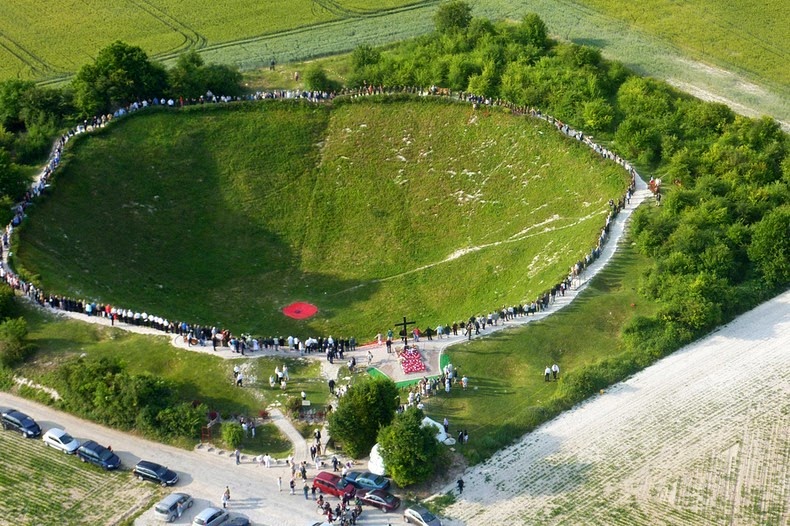
Lochnagar Mine Crater Amusing
The Lochnagar mine south of the village of La Boisselle in the Somme département was an underground explosive charge, secretly planted by the British during the First World War, to be ready for 1 July 1916, the first day on the Somme. The mine was dug by the Tunnelling Companies of the Royal Engineers under a German field fortification known as Schwabenhöhe . A large crater survived the war.
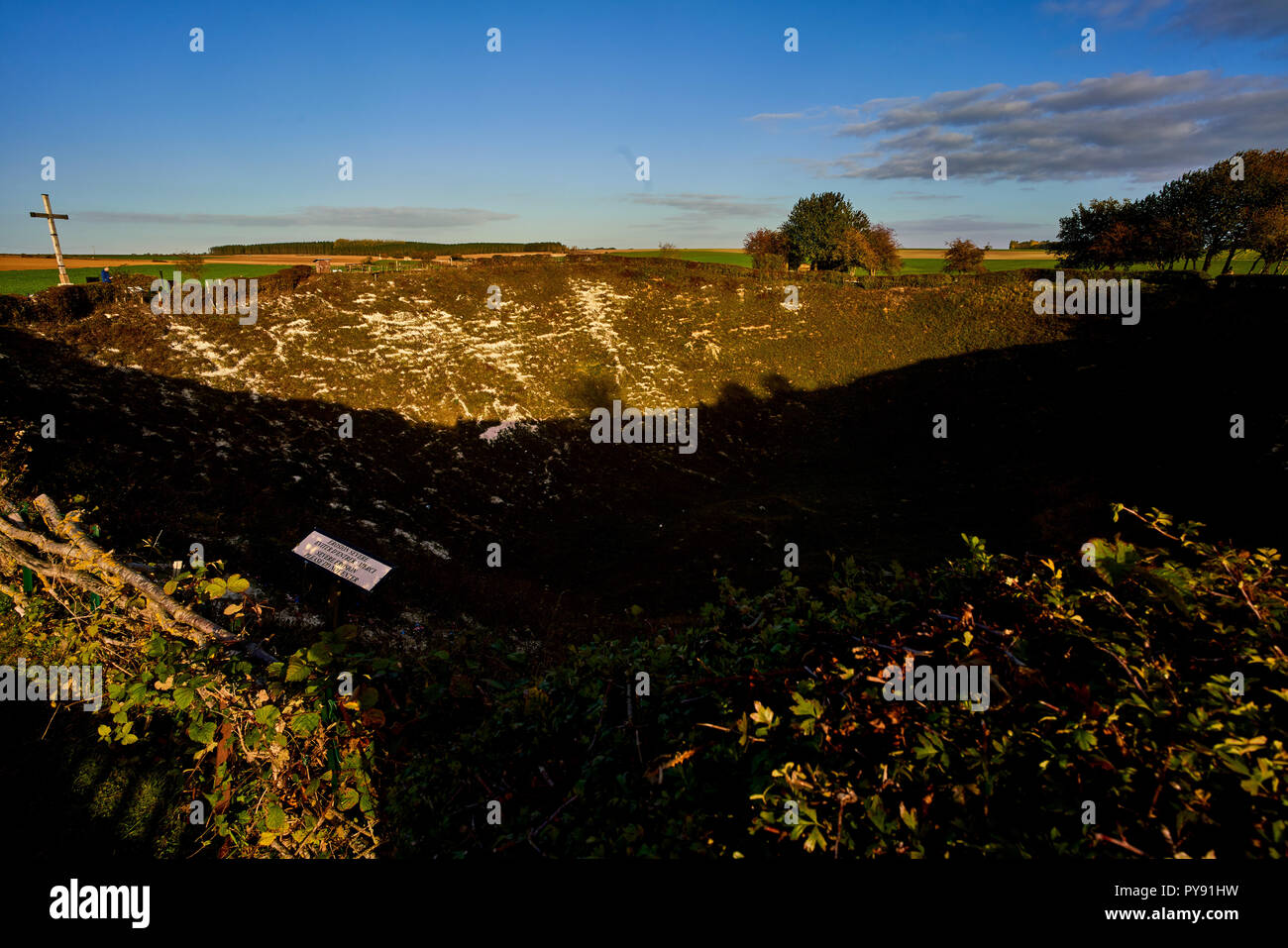
Lochnagar mine crater at La Boisselle in France Stock Photo Alamy
The tunnel for the Lochnagar mine was started on 11th November 1915 by 185 Tunnelling Company, but was completed by 179 Tunnelling Company who took over in March 1916. The shaft for the Lochnagar mine was sunk in the communication trench called Lochnagar Street.

Lochnagar crater. On 1 July 1916, the first day of the Battle of the
la Boiselle and the "Glory Hole" From the road from the D929 up to the crater, on the right hand side is an area of land known during the war as the Glory hole. Here, the British and German front lines were extremely close together, and small mines had been blown by both sides to try and gain some advantage.

Lochnagar Mine Crater, OvillerslaBoisselle, Somme, France Stock Photo
An extended look at the Lochnagar mine crater which exploded under the German front lines on 1st July 1916 at the start of the Battle of the Somme.

Lochnagar mine crater, Somme offensive Stock Photo Alamy
The Lochnagar mine south of the village of La Boisselle in the Somme département was an underground explosive charge, secretly planted by the British during the First World War, to be ready for 1 July 1916, the first day on the Somme.

Lochnagar Mine Crater and memorial cross in fog near Ovillers on the
This impressive mine crater, 100 metres in diameter and 30 metres deep, is the remains of a series of explosions that occurred on 1 July 1916. It took place at 7.28am, signalling the start of the Battle of the Somme by the British. my loved one my friends my family Free Oudoors Cultural heritage With the kids Free Oudoors Cultural heritage Free

Lochnagar Mine Crater La Boisselle, France
The Lochnagar mine crater on the 1916 Somme battlefields in France is the largest man-made mine crater created in the First World War on the Western Front. It was laid by the British Army's 179th Tunnelling Company Royal Engineers underneath a German strongpoint called "Schwaben Höhe".
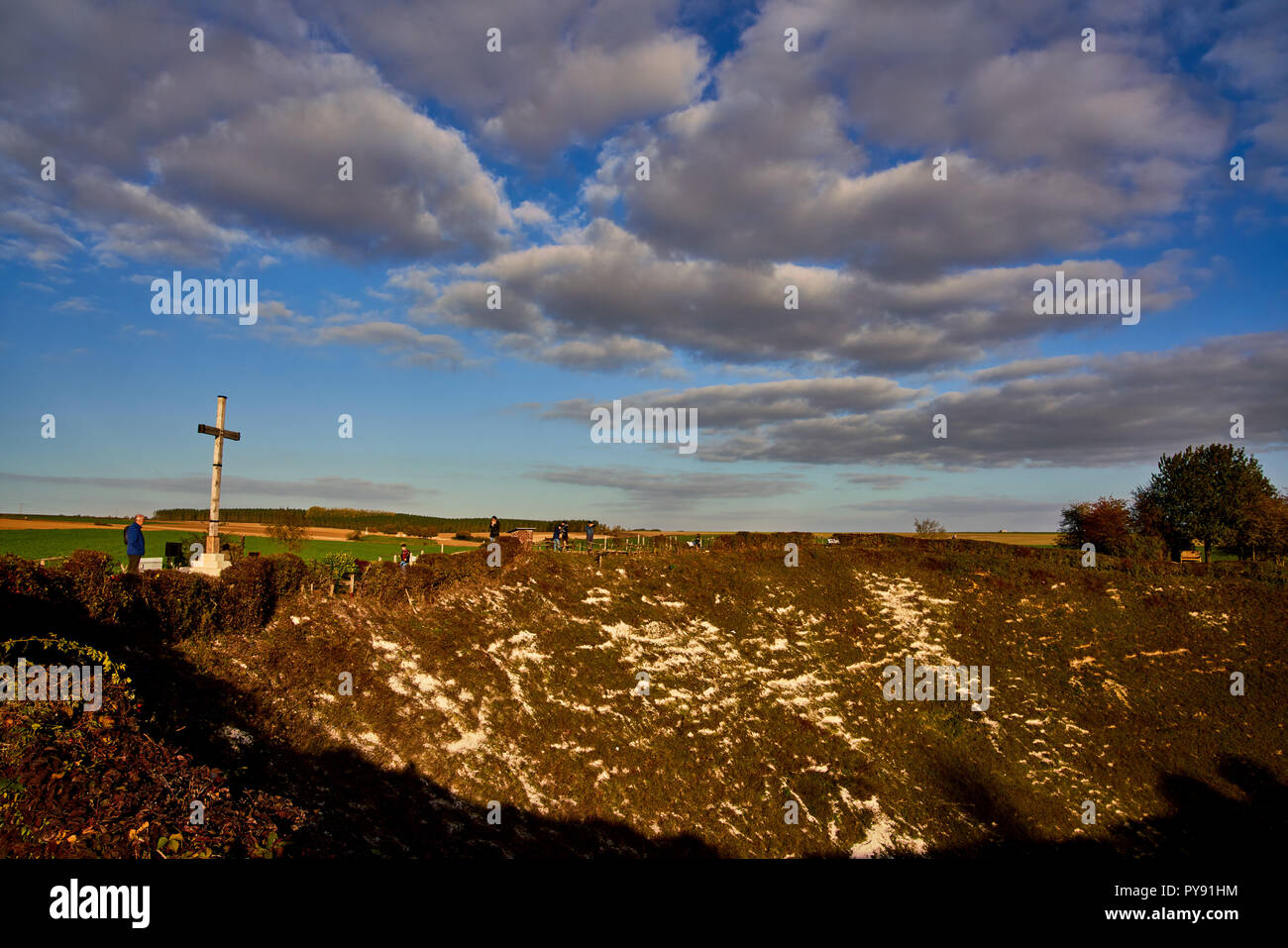
Lochnagar mine crater at La Boisselle in France Stock Photo Alamy
A. It is true that the so-called Lochnagar Crater near La Bousselle is the largest manmade crater on earth, but it is less well remembered than the craters along Messines Ridge because it left behind little but failure.

Lochnagar mine crater, Somme, France. Crater caused by underground mine
The Battle of the Somme, 1916 British troops running along the lip of the Lochnagar mine crater at La Boisselle. On July 1st, hundreds of spectators gathered to witness a bugler play the Last Post, Britain's salute to the war dead, at 7:28 am in the French farm country north of Paris. That date and time marked the start of the.
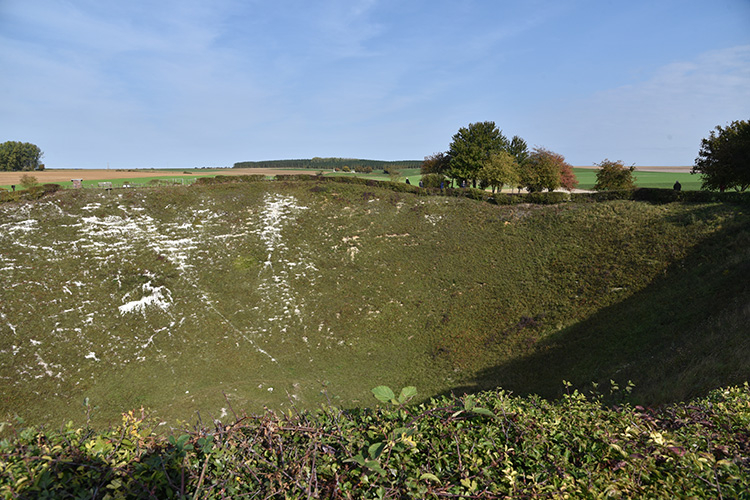
Lochnagar Crater History and Facts History Hit
On the morning of 1 July 1916, the British army detonated a mine in the village of La Boisselle, just north of Albert in France. It was the first day of the Battle of the Somme, during the First World War. The Royal Engineers had dug a tunnel, 50 feet deep, extending for about 300 yards from the British lines to the German front line.
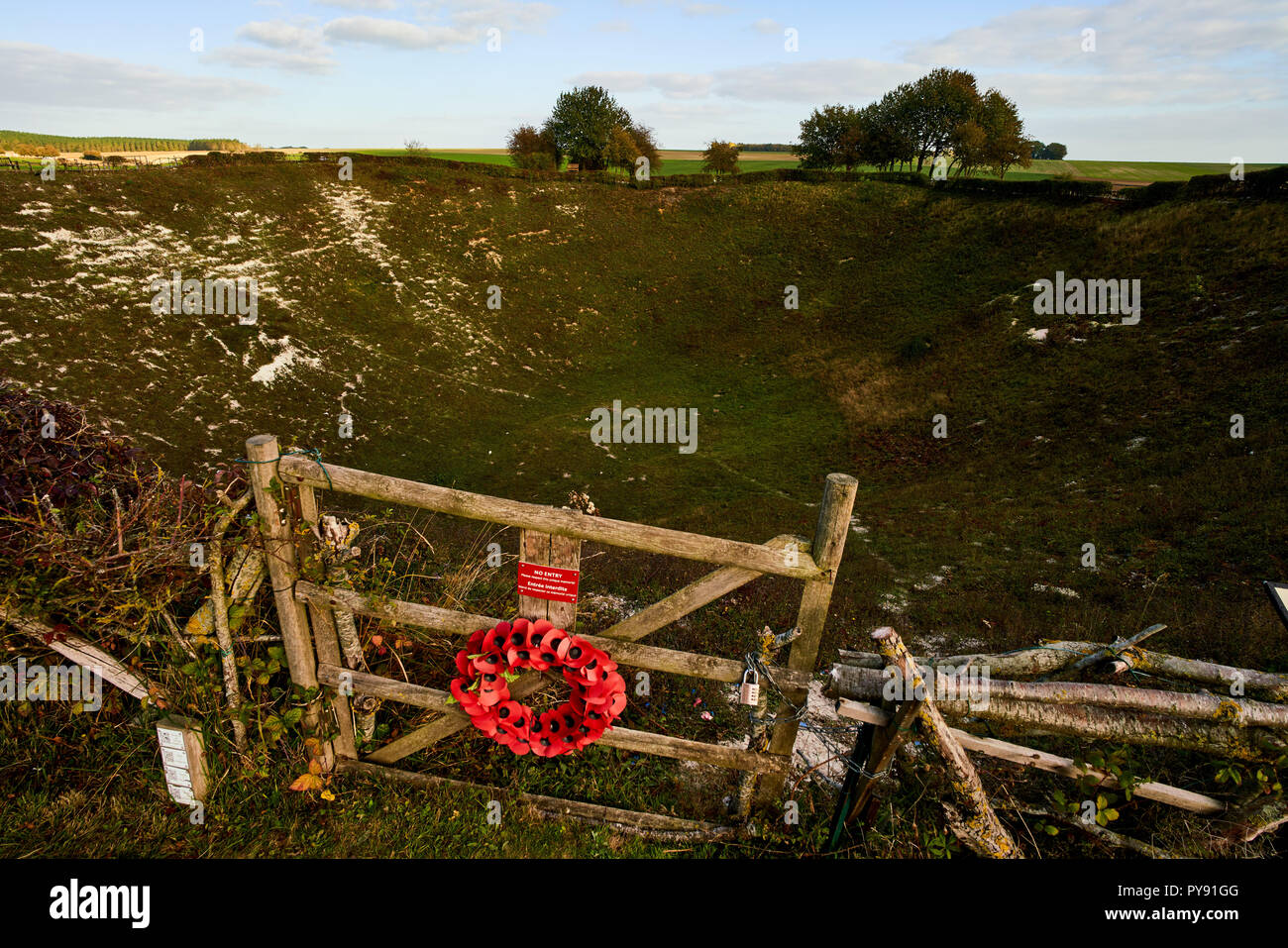
Lochnagar mine crater at La Boisselle in France Stock Photo Alamy
The Lochnagar Crater (Lochnagar Mine Crater) located in the village of La Boisselle in France's Picardie region, is the site where one of the first explosions of the Battle of the Somme took place on 1 July 1916. Lochnagar Crater history
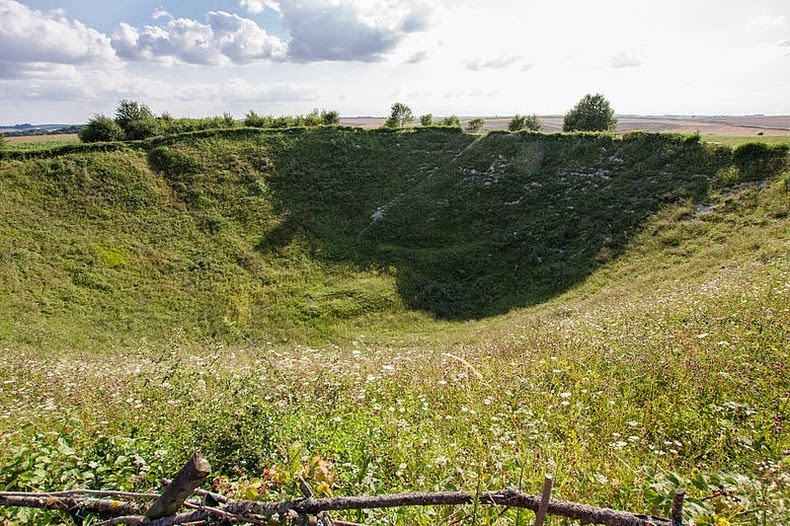
Lochnagar Mine Crater Amusing
Project Description Exploded on 1 July 1916 to signal the opening of the Battle of the Somme, the detonation of the Lochnagar mine created a massive crater, still visible on satellite images, and what was then the largest manmade sound in history. Richard has owned the Lochnagar Crater since 1978.
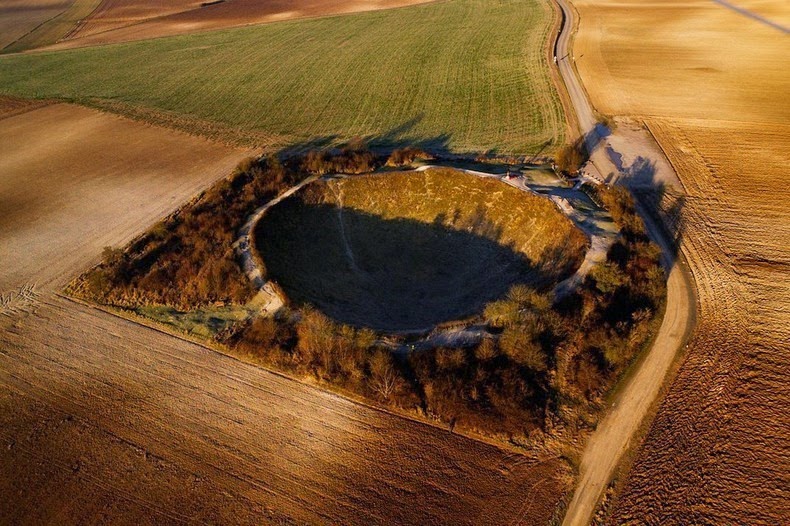
Lochnagar Mine Crater Amusing
The Explosion On Saturday 1st July 1916, at 7.28am, two minutes before the attack began, the mine was exploded, leaving the massive crater 70ft (21m) deep and 330 ft (100 m) wide, that we see today. Debris was flung almost a mile into the air, as graphically recorded by Royal Flying Corps pilot Cecil Lewis in his book 'Sagittarius Rising':

The Lochnagar Mine Crater, at La Boiselle YouTube
Lochnagar or Beinn Chìochan is a in the Mounth, in the Grampians of Scotland. It is about five miles (eight kilometres) south of the River Dee near Balmoral. It is a popular hill with hillwalkers, and is a noted venue for summer and climbing